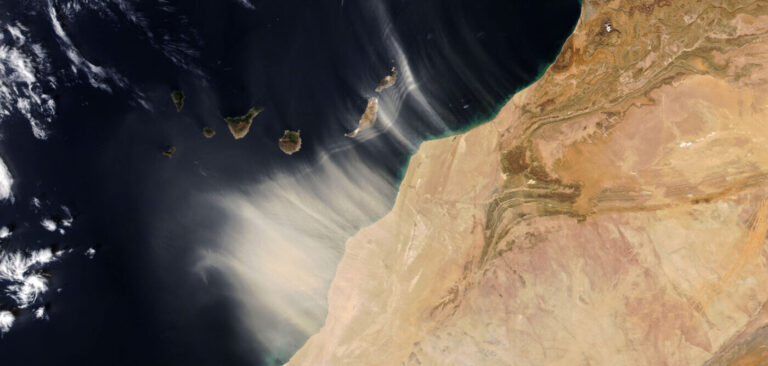NASA has announced that SpaceX will launch the 25th cargo resupply services mission (CRS-25) to the International Space Station (ISS) on June 9, with a variety of experiments on board the Dragon capsule including a study to map the composition of Earth’s dust and further understand its role in Earth’s climate.
The Earth Surface Mineral Dust Source Investigation (EMIT), developed by NASA’s Jet Propulsion Laboratory in California, employs NASA imaging spectroscopy technology to measure the mineral composition of dust in Earth’s arid regions. Mineral dust blown into the air can travel significant distances and affect Earth’s climate, weather, vegetation and more. For example, dust containing dark minerals that absorb sunlight can warm an area, while light-colored mineral dust can cool it. Blowing dust also affects air quality, surface conditions such as rate of snow melt, and phytoplankton health in the ocean. The investigation collects images for one year to generate maps of the mineral composition in the regions on Earth that produce dust. Such mapping could advance our understanding of the effects of mineral dust on human populations now and in the future.
The mission will launch from NASA’s Kennedy Space Center in Florida and will also be carrying scientific research and technology demonstrations covering the immune system, wound healing, soil communities and cell-free biomarkers, as well as the testing of an alternative to concrete.



